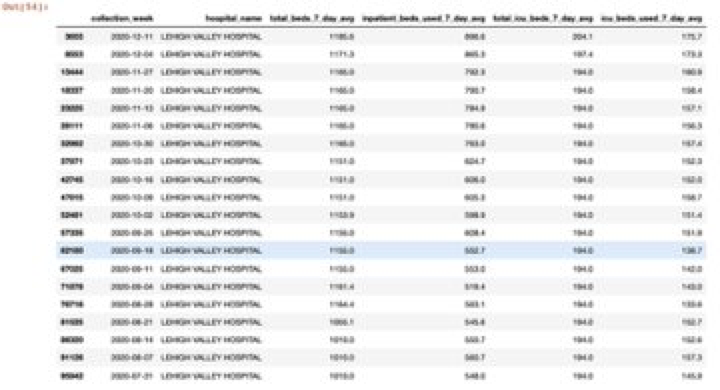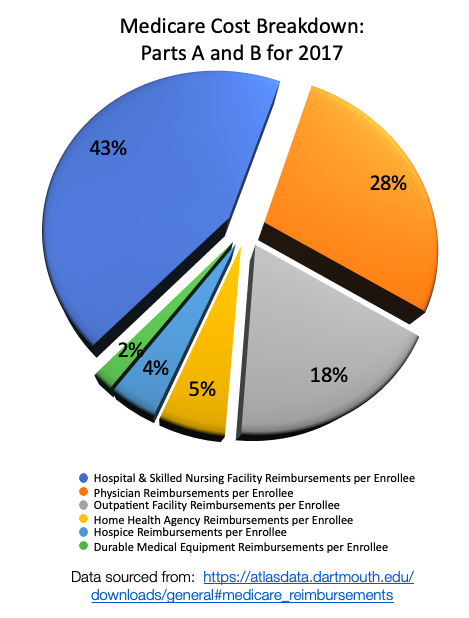
I have been curious about the changes to ICU capacity capacity. The weekly data captured at healthdata.gov/sites/default/……… now shows data through the week of 12/11. At first blush, the data doesn't appear to have changed much since the prior week. 1/n 

2/n The aspect I am most curious about is the reporting of the data. An example of this is in reporting of ICU beds available and used. See below for one PA example: It is confusing to see the beds at this facility change during the weeks of 10/2 and 9/18 #covid #hospitals 

3/n In contrast, note the reporting at this alternative #Pennsylvania hospital: While the average total #ICU beds increase slightly during the two most recent weeks, in contrast with the prior example, this hospital shows a percentage used < 100%. #LehighValley #ABE #Bethlehem 

4/n [There is a data-library found at: healthdata.gov/covid-19-repor……… that indicates ICU beds are, "[t]otal number of staffed inpatient ICU beds" whereas occupancy, "[t]otal number of staffed inpatient ICU beds that are occupied." Ref. FAQ 5/6. hhs.gov/sites/default/………
5/n Here is the ICU capacity utilization distribution reported in this dataset for Pennsylvania hospitals for recent weeks, as well as from July (incl. median). I imagine I share in hope/optimism with others as #vaccines begin rollout, including in our local community. #mrna 

6/6 In the meantime, I hope you all enjoyed a lovely holiday. I look forward to seeing you all, friends, colleagues, family, clients & prospective clients, in 2021! #postcorona #covid19 #coronavirus #benefitsconsulting #healthinsurance #healthcare #PennState #WeAre 

@threadreaderapp unroll
• • •
Missing some Tweet in this thread? You can try to
force a refresh








